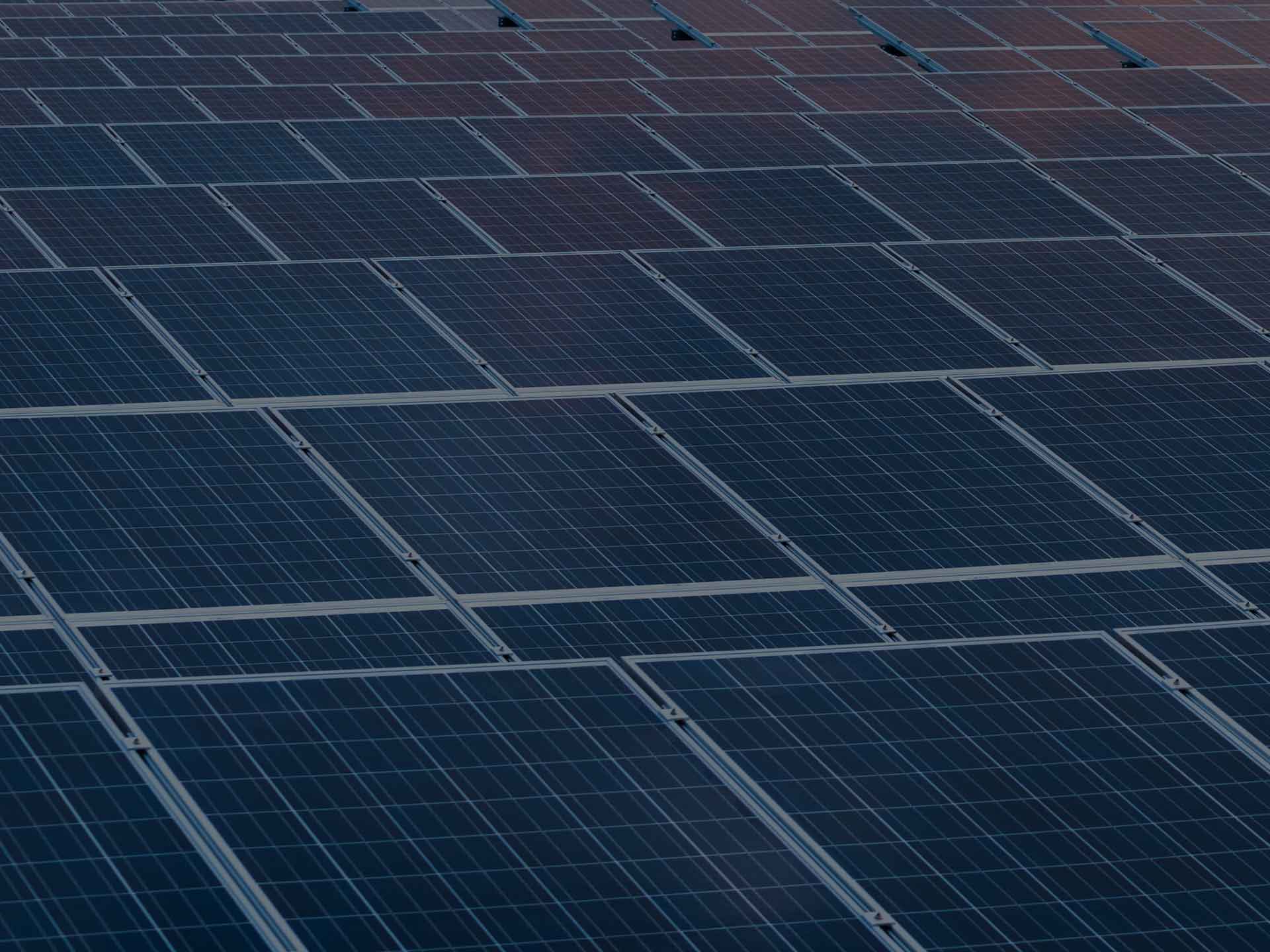Summary
The University of New South Wales (UNSW) has received a funding grant from ARENA to conduct a project for lowering the cost and improving the efficiency of solar cell technologies using n-type silicon materials.
The Improving World-Record Commercial High-Efficiency N-Type Solar Cells project will assess performance limiting defects and develop techniques to neutralise such defects in order to stabilise the performance of the solar cells and modules in the field.
How the project works
The project is a key initiative of ARENA’s 2017 Investment Plan for accelerating solar PV innovation. The project will build on a previous ARENA project for the development of an advanced hydrogenation passivation technology for p-type solar cells. Performance limiting defects will be identified in n-type silicon and hydrogen passivation theories and processes will be adapted to neutralise these defects in n-type silicon.
One of the key outcomes for the project is to develop new approaches for hydrogen passivation suitable for n-type silicon, leading to new record commercial cell and module efficiencies.
Read reports
Area of innovation
Due to a very different availability of electrons in n-type silicon than in p-type silicon, hydrogen passivation processes in n-type silicon require different charge state manipulation methods. The project will develop new approaches to increasing the generation of hydrogen in the highly mobile neutral charge state in n-type silicon.
Benefit
The Improving World-Record Commercial High-Efficiency N-Type Solar Cells project will develop new knowledge into performance limiting defects and hydrogen passivation mechanisms in n-type silicon material. These insights will enable the development of next generation of solar cells using n-type material with improved efficiencies and lower cost.




